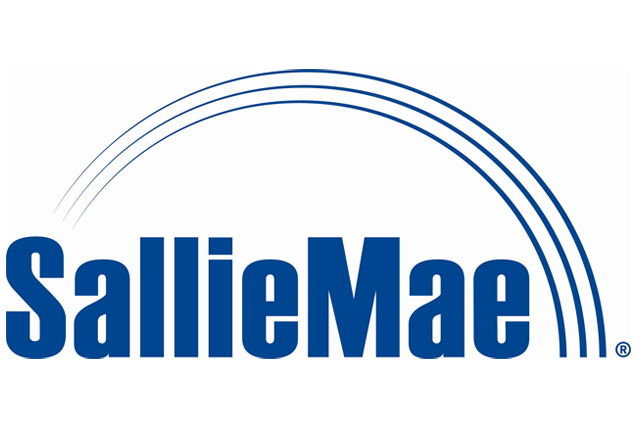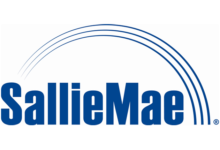Sallie Mae Loan Forgiveness: Understanding Your Options

Many students turn to student loans to help cover the costs when financing higher education. Sallie Mae is a well-known name in the student loan industry, providing financial assistance to countless students across the United States. However, understanding the intricacies of Sallie Mae loans can be overwhelming, especially regarding loan forgiveness options. This article will explore Sallie Mae loan forgiveness, Sallie Mae student loans, Sallie Mae student loan forgiveness, whether Sallie Mae loans are federal, and how to cancel a Sallie Mae loan.
Sallie Mae Student Loans: A Comprehensive Overview
Sallie Mae is a private student loan lender offering various loan products to help students finance their education. Before we delve into the specifics of loan forgiveness, let’s take a closer look at Sallie Mae’s student loans.
What Are Sallie Mae Student Loans?

Sallie Mae’s student loans are financial products that fund students to cover their educational expenses. These loans can be used for tuition fees, books, housing, and other related costs. Sallie Mae offers a variety of loan options, including undergraduate loans, graduate loans, career and technical student loans, and parent loans.
Are Sallie Mae Loans Federal?
No, Sallie Mae loans are not federal loans. While Sallie Mae originated as a government-sponsored enterprise, it has since become a private entity. It is important to note that Sallie Mae no longer originates federal student loans. However, it does service federal loans, which means that if you have a federal loan, Sallie Mae may be the servicer handling your repayment process.
Understanding Sallie Mae Loan Forgiveness
Loan forgiveness can provide significant relief for borrowers struggling to repay their student loans. Sallie Mae, loan forgiveness programs can help eligible individuals reduce or eliminate their outstanding loan balance. Let’s explore some of the options available:
Public Service Loan Forgiveness (PSLF)
The Public Service Loan Forgiveness (PSLF) program is a federal program that forgives the remaining loan balance for borrowers who have made 120 qualifying monthly payments while working full-time for a qualifying employer, such as a government or non-profit organization. However, it is essential to note that Sallie Mae’s loans are not eligible for PSLF.
Income-Driven Repayment Plans
Sallie Mae offers income-driven repayment plans, such as Income-Based Repayment (IBR), Pay As You Earn (PAYE), and Revised Pay As You Earn (REPAYE) plans. These plans adjust your monthly loan payments based on income and family size. After making payments for a certain number of years (usually 20 or 25), any remaining balance may be eligible for forgiveness. However, it’s important to note that forgiveness under these plans is taxable.
Sallie Mae Loan Forgiveness Programs
Sallie Mae itself does not offer specific loan forgiveness programs. However, they offer forbearance and deferment options that can provide temporary relief if you’re experiencing financial hardship. It’s crucial to contact Sallie Mae directly to discuss your options and determine the best course of action.
Sallie Mae Loan Forgiveness FAQs
FAQ 1: Can I qualify for Sallie Mae loan forgiveness if I have a private loan?
No, Sallie Mae loan forgiveness options are not available for private loans. Loan forgiveness programs are primarily geared toward federal loans. However, Sallie Mae does provide forbearance and deferment options for personal loans to help borrowers in times of financial difficulty.
FAQ 2: Are there any options for Sallie Mae loan forgiveness if I work in the public sector?
Unfortunately, Sallie Mae loans do not qualify for the Public Service Loan Forgiveness (PSLF) program. However, you may still be eligible for loan forgiveness through income-driven repayment plans if you meet the necessary criteria. Reviewing the specific requirements and speaking with Sallie Mae directly to understand your options is essential.
FAQ 3: Can I cancel my Sallie Mae loan if I cannot repay it?
While Sallie Mae does not offer a specific loan cancellation program, they provide forbearance and deferment options that can provide temporary relief if you’re experiencing financial hardship. It’s essential to contact Sallie Mae directly to discuss your circumstances and explore potential solutions.
FAQ 4: Are Sallie Mae loans dischargeable in bankruptcy?
Discharging student loans in bankruptcy is typically challenging. While it is possible to remove student loans under certain circumstances, including undue hardship, it can be a complex and difficult process. Consulting with a qualified bankruptcy attorney is recommended if you consider pursuing this option.
FAQ 5: How can I manage my Sallie Mae loan effectively?
To effectively manage your Sallie Mae loan, consider the following tips:
- Create a budget and allocate a portion of your income towards loan repayment.
- Explore income-driven repayment plans to help manage monthly payments.
- Set up automatic payments to ensure you get all the due dates.
- Communicate with Sallie Mae to explore potential solutions if you’re facing financial difficulties.
FAQ 6: Can Sallie Mae loans be refinanced?
Yes, Sallie Mae loans can be refinanced. Refinancing involves taking out a new loan to pay off your existing loan(s), potentially with more favorable terms. Refinancing can lower your interest rate and monthly payments or change your repayment terms. It’s advisable to shop around and compare offers from different lenders to find the best refinancing option for your needs.
Conclusion
Navigating the world of student loans, particularly Sallie Mae loans can be overwhelming. Understanding your options for loan forgiveness, whether Sallie Mae loans are federal, and how to manage your loans effectively is crucial to ensure a successful repayment journey. Contact Sallie Mae directly for personalized advice and guidance based on your unique circumstances.





